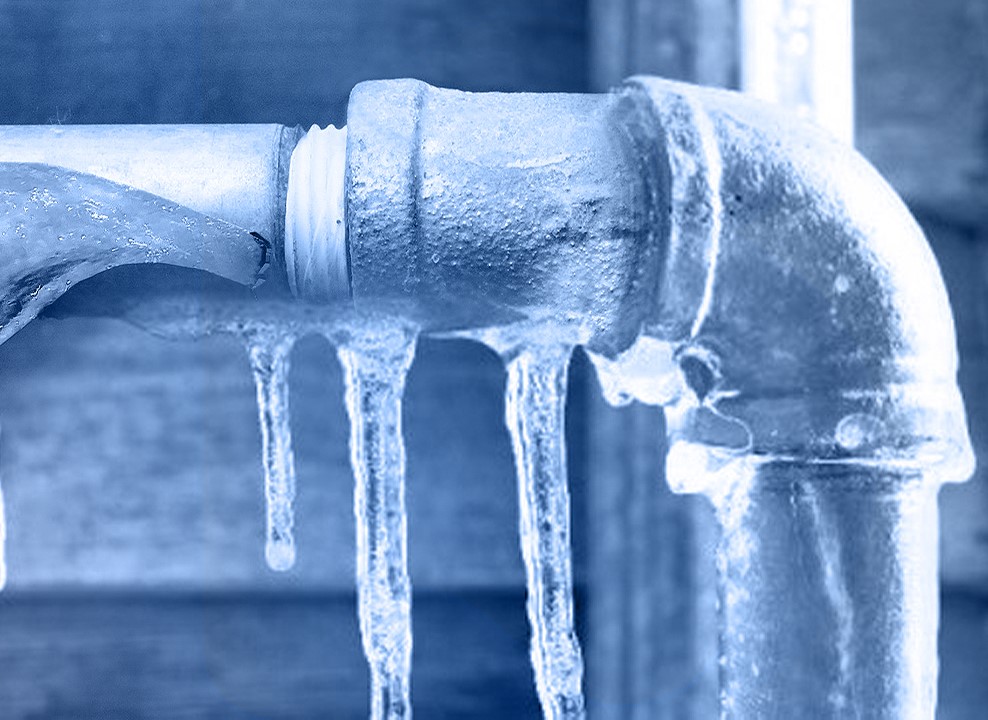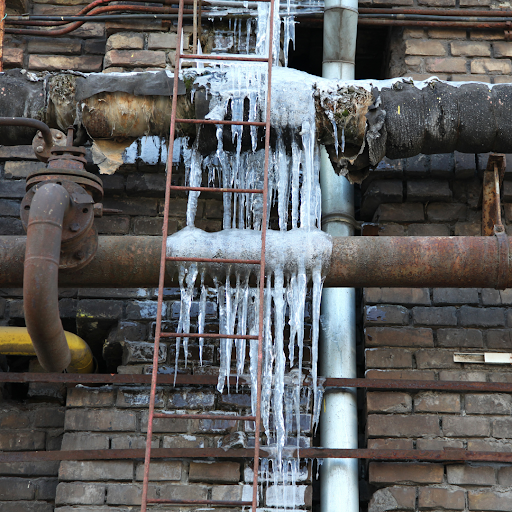Important Tips to Avoid Frozen Plumbing in Winter
Important Tips to Avoid Frozen Plumbing in Winter
Blog Article
This great article directly below on the subject of Helpful Tips to Prevent Frozen Pipes this Winter is exceptionally entertaining. Don't bypass it.

Cold weather can damage your plumbing, specifically by freezing pipes. Below's how to stop it from happening and what to do if it does.
Intro
As temperature levels decrease, the threat of frozen pipes boosts, possibly resulting in expensive repairs and water damage. Comprehending just how to avoid frozen pipes is critical for property owners in cold environments.
Avoidance Tips
Shielding prone pipelines
Wrap pipes in insulation sleeves or use warmth tape to safeguard them from freezing temperature levels. Concentrate on pipelines in unheated or exterior areas of the home.
Heating techniques
Keep interior rooms adequately heated up, specifically areas with plumbing. Open up cupboard doors to enable warm air to flow around pipes under sinks.
Just how to determine icy pipes
Look for reduced water flow from faucets, uncommon odors or sounds from pipelines, and visible frost on revealed pipes.
Long-Term Solutions
Structural changes
Think about rerouting pipelines far from exterior walls or unheated areas. Include added insulation to attics, basements, and crawl spaces.
Upgrading insulation
Purchase high-quality insulation for pipes, attics, and walls. Proper insulation assists preserve constant temperatures and decreases the danger of icy pipelines.
Safeguarding Outside Plumbing
Garden hoses and outside taps
Separate and drain garden hose pipes before winter. Set up frost-proof spigots or cover outside taps with shielded caps.
Understanding Icy Pipes
What causes pipelines to freeze?
Pipelines freeze when revealed to temperatures listed below 32 ° F (0 ° C) for prolonged periods. As water inside the pipes ices up, it expands, taxing the pipe walls and possibly causing them to rupture.
Threats and damages
Frozen pipelines can lead to water system disturbances, building damages, and expensive repair work. Burst pipelines can flooding homes and trigger considerable architectural damages.
Indicators of Frozen Piping
Recognizing icy pipelines early can avoid them from rupturing.
What to Do If Your Pipelines Freeze
Immediate activities to take
If you presume icy pipelines, keep faucets open up to relieve stress as the ice melts. Use a hairdryer or towels taken in warm water to thaw pipes slowly.
Conclusion
Avoiding frozen pipelines calls for aggressive measures and quick actions. By recognizing the reasons, indications, and preventive measures, property owners can secure their pipes throughout winter.
5 Ways to Prevent Frozen Pipes
Drain Outdoor Faucets and Disconnect Hoses
First, close the shut-off valve that controls the flow of water in the pipe to your outdoor faucet. Then, head outside to disconnect and drain your hose and open the outdoor faucet to allow the water to completely drain out of the line. Turn off the faucet when done. Finally, head back to the shut-off valve and drain the remaining water inside the pipe into a bucket or container. Additionally, if you have a home irrigation system, you should consider hiring an expert to clear the system of water each year.
Insulate Pipes
One of the best and most cost-effective methods for preventing frozen water pipes is to wrap your pipes with insulation. This is especially important for areas in your home that aren’t exposed to heat, such as an attic. We suggest using foam sleeves, which can typically be found at your local hardware store.
Keep Heat Running at 65
Your pipes are located inside your walls, and the temperature there is much colder than the rest of the house. To prevent your pipes from freezing, The Insurance Information Institute suggests that you keep your home heated to at least 65 degrees, even when traveling. You may want to invest in smart devices that can keep an eye on the temperature in your home while you’re away.
Leave Water Dripping
Moving water — even a small trickle — can prevent ice from forming inside your pipes. When freezing temps are imminent, start a drip of water from all faucets that serve exposed pipes. Leaving a few faucets running will also help relieve pressure inside the pipes and help prevent a rupture if the water inside freezes.
Open Cupboard Doors
Warm your kitchen and bathroom pipes by opening cupboards and vanities. You should also leave your interior doors ajar to help warm air circulate evenly throughout your home.

Do you appreciate more info about 6 Ways to Prevent Frozen Pipes? Create a remark down below. We will be happy to see your views about this blog entry. We hope that you visit us again later on. In case you enjoyed our article please do not forget to pass it around. I praise you for being here. Kindly stop by our blog back soon.
Schedule Appointment Now Report this page